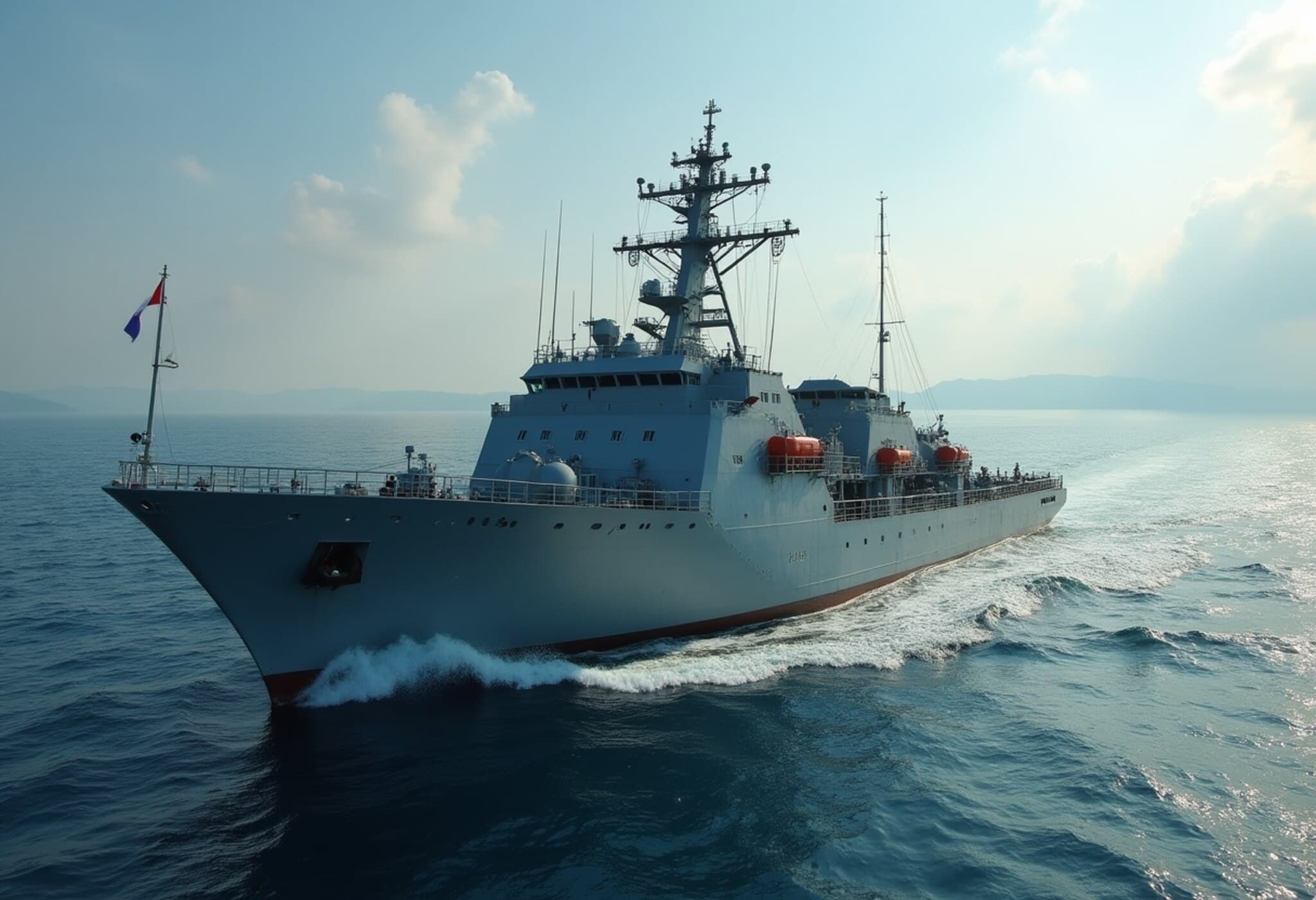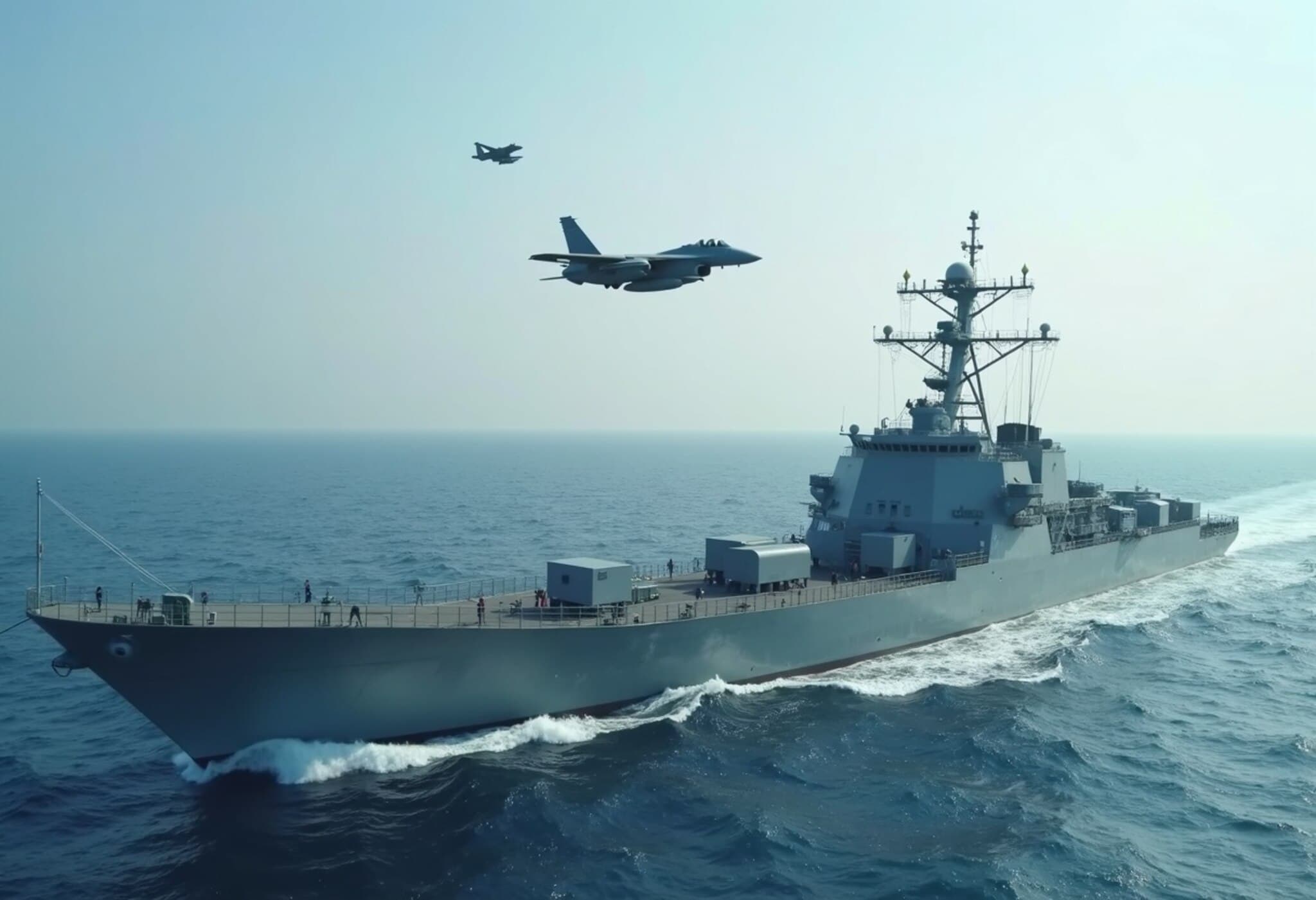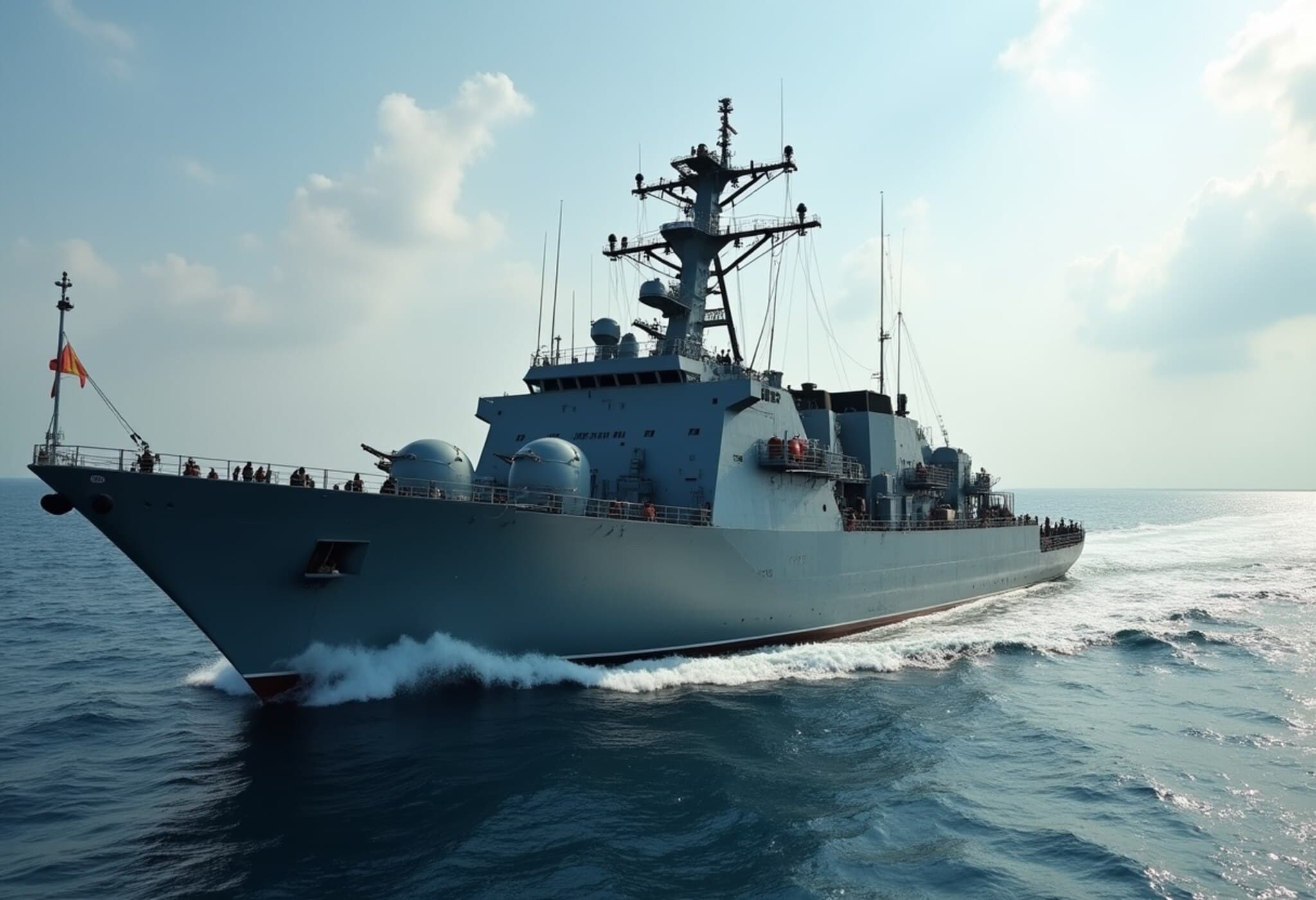China's Coast Guard Forces Philippine Vessels to Withdraw Near Scarborough Shoal
In a recent development that highlights the enduring tensions in the South China Sea, China's coast guard announced on Monday it had taken decisive action to expel Philippine vessels operating near Scarborough Shoal—an area fiercely contested by both nations.
Details of the Incident
According to a statement from the Chinese coast guard, its personnel monitored and intercepted several Philippine boats after they allegedly disregarded repeated warnings to vacate the disputed maritime zone. Following what China described as a "professional, standardized, legitimate and legal" operation, the vessels were compelled to leave the waters.
This assertion aligns with Beijing's longstanding stance of exercising near-total sovereignty over the South China Sea, despite overlapping claims by the Philippines and other Southeast Asian nations.
Context: The Strategic Importance of Scarborough Shoal
Scarborough Shoal sits roughly 120 nautical miles west of the Philippine island of Luzon and comprises a wedge-shaped chain of rocks and reefs. Its strategic location and rich fishing grounds have made it a flashpoint for regional maritime disputes for years.
The shoal is not only vital for fishing communities but also significant as part of broader geopolitical calculations involving freedom of navigation, natural resources, and military positioning in one of the world's busiest shipping lanes.
Philippine Response and Regional Implications
As of now, the Philippine embassy in Beijing has not issued an official response to the incident. Historically, Manila has condemned similar moves by China as infringements on its sovereign rights, prompting calls for diplomatic engagement and international arbitration.
The incident underscores the fragile state of maritime diplomacy in Southeast Asia and raises critical questions about the effectiveness of international legal frameworks, such as the United Nations Convention on the Law of the Sea (UNCLOS), in mediating such disputes.
Expert Analysis: Navigating Complex Sovereignty Claims
Experts note that China’s assertiveness in the South China Sea reflects a broader strategy to solidify control over crucial maritime domains without escalating to full-scale conflict. The use of coast guard vessels—rather than naval warships—typifies this approach, allowing Beijing to assert dominance under the guise of law enforcement.
For the United States and its allies, incidents like this complicate efforts to maintain open sea lanes and uphold international maritime law while avoiding confrontation with an increasingly assertive China.
Looking Ahead: What This Means for Regional Stability
- The persisting maritime disputes require renewed diplomatic dialogues among claimant states along with active engagement from global powers to uphold peace and stability.
- Greater transparency and communication protocols are critical to preventing miscalculations that could spiral into conflict.
- International bodies may need to revisit enforcement mechanisms to ensure compliance with existing maritime laws and rulings.
Conclusion
The latest encounter near Scarborough Shoal serves as a stark reminder of the South China Sea’s volatility. As China amplifies its maritime presence, the international community faces escalating challenges in balancing sovereignty claims, legal norms, and regional peace—raising pressing questions about the future of Indo-Pacific security.
Editor’s Note
The South China Sea remains one of the most contested regions globally, with multifaceted implications for economic interests, national sovereignty, and international law. This incident illustrates the daily realities faced by maritime agencies operating under the shadow of geopolitical rivalry. Readers are encouraged to consider the broader strategic stakes, including the roles of ASEAN, the US, and China’s neighbors in crafting a pathway toward peaceful resolution.



















